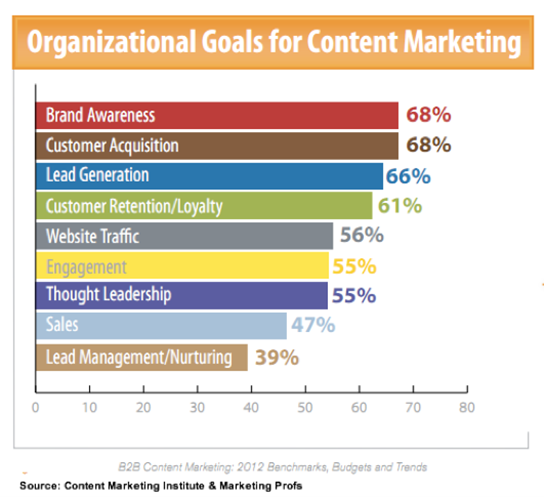
Social Media Examiner was started by Mike Stelzner (the man behind it) in October 2009. Since then it has become one the most popular online business blogs with over 80,000 subscribers. Mike Stelzner, the blogger, shares his tips and advice on starting a successful business.
Make a spreadsheet that has several columns
To create a social media analytics spreadsheet, the first step is to identify which metrics you wish to track. Perhaps you want to start with followers. Then you can add more columns to track the percentage change in those numbers. You can also create subcategories for each metric. Once you've identified the category, the next step is to start analyzing the data. If you are looking for more details, you can export your data into a spreadsheet to further analyze it.

For each social media channel, create a summary
A summary is a concise overview of each social media channel. You need to be able write content that people love to share. Social media is an internet community where people share information. You want your content to be shared meaningfully. Using Social Media Examiner, you can create a summary for each channel. It will show you which articles are being shared most often and which ones aren't. You can also see how many people have shared your content and how many shares and comments they received.
Social Media Examiner allows you to create summary reports for each social media channel such as Twitter, Facebook and Google+. Social media examiner lets you see the performance of each channel and can be customized to highlight specific metrics. To see the Twitter profile for a competitor, you can use it to determine which channels are getting high engagement. This information can also be used to help you find the most productive times to send your tweets.
Make a graph with a summary of each social media channel.
No matter your social media strategy it is important to create an overview chart that sums up key metrics. Include key metrics like the number and type of followers, total traffic, engagements, revenue, ROI, among others in your social analytics report. It is also useful to show how these metrics have changed over the past reporting period. For example, you can show the number of page views per channel as well as percent growth. You can also present total visits across all your social media channels.

It's helpful to keep track of the number or comments made on your Facebook page. But it doesn’t suffice to know how the audience responded to the post. You also need to know whether the comments reflect positive or negative sentiment. Facebook Analytics offers a wealth of information, including reach, impressions, page likes and reach. A summary chart will be needed for each social network channel to summarize the data.
FAQ
What are the 7 steps in content marketing?
The seven-step process for content marketing includes:
-
Identify the problem
-
Find out what's currently working
-
Create new ideas
-
These strategies can be developed
-
Try them
-
Take measurements
-
Continue the process until you find a solution.
This strategy is practical for both large and small businesses.
Why is content so important
Content plays a key role in any digital marketing campaign. In order to attract new customers you will need to create relevant content. Blogging is the best way to achieve this. Blogging can help you build authority in your field, making you more trustworthy. Trustworthiness builds credibility and leads to higher search engine rankings. Ranking high means you receive organic traffic.
What is the best Content Marketing platform?
There are many options available today. Each platform has its pros, and each one has its cons. Here are some options that are popular:
-
WordPress is simple to set-up and manage. Great community of users.
-
Wix is easier than WordPress to set-up and maintain. You do not need to have any technical knowledge.
-
Squarespace – Best choice for those with a website.
-
Blogger - Free blog service
-
Medium - A place for writers to share their work.
-
Instagram - An image-based platform.
-
LinkedIn - An online networking tool.
-
Facebook - A social network.
-
YouTube - A video sharing platform.
-
Pinterest - Image-based platform.
-
Google Analytics - Track visitor behavior.
-
Hubspot - Email marketing software.
-
MailChimp, Email marketing software.
Statistics
- Measure your goals with a progress indicator of 0-100%. Make your goals collaborative and transparent (semrush.com)
- An example of an overarching goal could be: "In 2022, we want to achieve a 20% increase in revenue created by organic content and generate 15,000 MQLs with a budget of $30,000." (semrush.com)
- Progress indicators (0–100%) allow each team member to see how attainable each goal is and understand what remains to be accomplished. (semrush.com)
- According to research compiled by Coschedule: Companies that publish 16+ blog posts a month get as much as 3.5x as much traffic as those that publish 0-4 posts a month. (criteo.com)
- Content marketing produces 3X more leads per dollar spent. Content marketing costs 62% less than traditional marketing. (criteo.com)
- According to our research, 65% of companies with very successful content marketing in 2021 ran content audits at least twice a year. (semrush.com)
- Companies that use content marketing see approximately 30% higher growth rates than businesses not using it. (mailchimp.com)
- This marketing strategy landed Ford a 15.4% conversion rate. (neilpatel.com)
External Links
How To
How can you create a content marketing strategy for your business?
First, you need to understand what type of content you are going to create for clients. Once this is defined, it's time to start creating content. This may mean developing an editorial calendar and planning where these pieces will come from. Content should always serve a purpose. It doesn’t matter if you are writing blog posts, social updates, or any other content, they all have to accomplish a single goal.
Once you determine which type of content you want to produce, then it's important to find out who your target market is. So who are they interested in, and why would they care about whatever you're offering them?
After identifying your target market, next comes finding ways to communicate with them. Social media platforms are an excellent way to connect with people, but other options exist, such as videos, podcasts, webinars, etc.
After you have determined how you will communicate to your market, the next step in your content creation process is to choose what topics and types of information you want. This will help you to understand why you are writing the content. What problem is it solving? Is it helpful? It will make their lives easier.
Once you're clear about the type of content that you create, it's now time to determine what you want. Are you looking to share information in your industry? On current events? Are you focused on specific products and services Your focus is determined by your answer to this query.
After you've answered these questions, it's now time to combine all the pieces into one complete package.
Every piece of content should be used for its intended purpose. You don't want to waste anyone's time and energy, so you must build quality into every aspect of your content.
A great content marketing strategy is not complete without many moving parts.